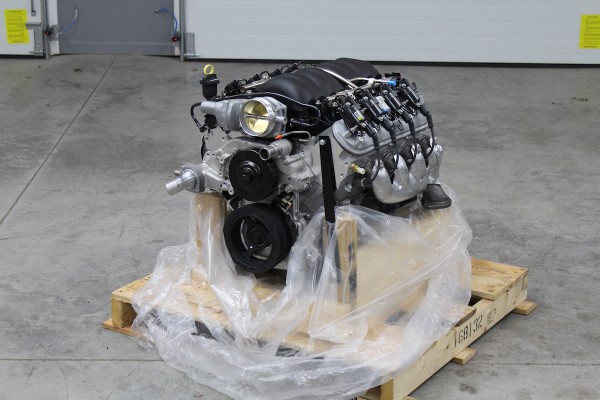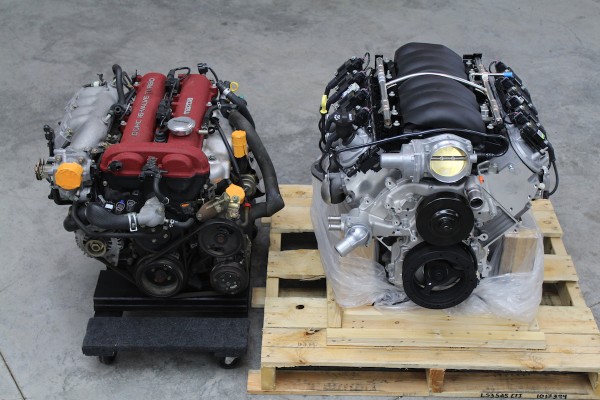You already know we’ve chosen the powerful and compact LS3 for this build, but which LS3?
We went right to the top and got the LS376/525 crate engine. It’s the most powerful production-based crate engine in the Chevrolet Performance portfolio: 6.2 liters, 525 horsepower at 6,300 rpm and 489 ft.-lbs. of torque at 4,400 rpm. It’s just over the top enough to be perfect.
After admiring this amazing piece of engineering, we brought out the cutting tools and got right to work making the engine bay and interior modifications needed to make it fit. After many hours of cutting and pounding, we’re well on our way to making a home for this aluminum monster.
Coming up in the next installment of Project Thunderbolt: assembly begins!










Comments